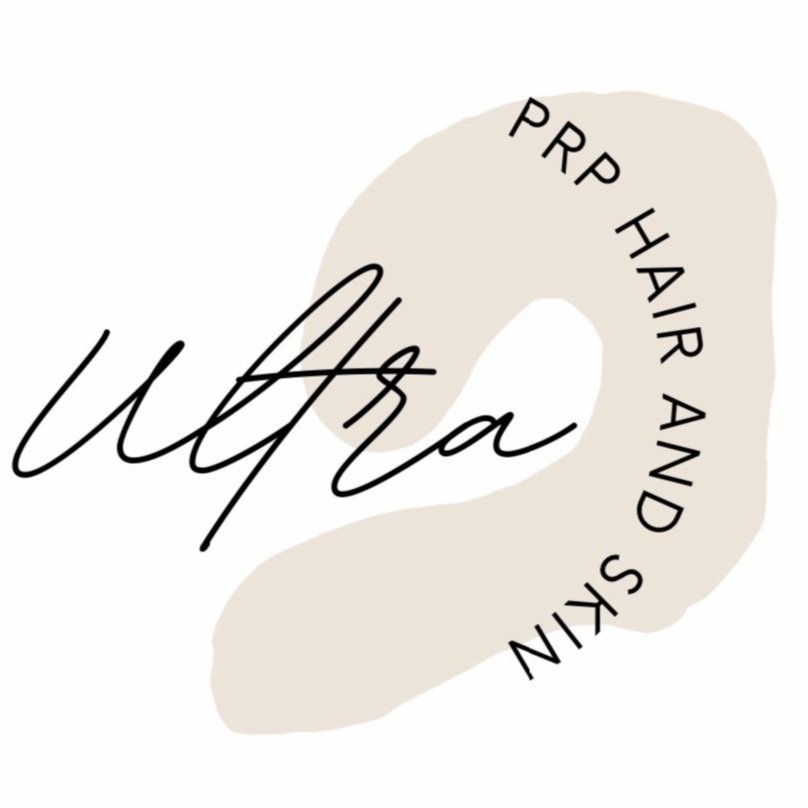When Should I Get PRP After a Hair Transplant?
Introduction: After undergoing a hair transplant procedure, many individuals are eager to optimize their results and promote successful hair growth. One complementary treatment often considered is Platelet-Rich Plasma (PRP) therapy. In this blog post, we'll explore the ideal timing for PRP treatment following a hair transplant to maximize its benefits and enhance the overall outcome.
Understanding PRP Therapy: Platelet-Rich Plasma (PRP) therapy involves extracting a concentrated form of platelets from the patient's own blood and injecting it into the scalp. These platelets contain growth factors that stimulate tissue repair, improve blood circulation, and promote hair growth.
The Role of PRP After a Hair Transplant: PRP therapy is commonly used after a hair transplant to support the healing process and enhance the survival of transplanted hair follicles. By providing a rich source of growth factors, PRP treatment can accelerate tissue regeneration, reduce inflammation, and stimulate the growth of new hair follicles.
Optimal Timing for PRP Treatment: The timing for PRP treatment after a hair transplant can vary depending on the individual's healing process and the specific recommendations of their healthcare provider. However, it's generally recommended to wait until the initial healing phase is complete before undergoing PRP therapy.
Typical Timeline:
Immediately After Surgery: In some cases, PRP treatment may be administered immediately after the hair transplant procedure to promote faster healing and reduce the risk of complications.
4 Weeks After Surgery: Most individuals will need to wait at least 4 weeks after the hair transplant surgery before undergoing PRP therapy. This allows the initial healing to take place and ensures that the scalp is ready to receive the PRP injections.
3-6 Months After Surgery: The optimal timing for PRP treatment may vary, but many healthcare providers recommend scheduling PRP sessions starting around 3-6 months after the hair transplant surgery. This allows sufficient time for the transplanted hair follicles to establish themselves and for the scalp to fully recover.
Consultation with Your Healthcare Provider: It's important to consult with your healthcare provider or hair transplant surgeon to determine the best timing for PRP treatment based on your individual needs and the specifics of your hair transplant procedure. They will assess your healing progress, evaluate the condition of your scalp, and provide personalized recommendations for the timing of PRP therapy.
Conclusion: In summary, PRP therapy can be a valuable addition to the post-operative care regimen following a hair transplant procedure. While the optimal timing for PRP treatment may vary, it's generally recommended to wait until the initial healing phase is complete before undergoing PRP therapy. Consultation with your healthcare provider is crucial to determine the best timing for PRP treatment based on your individual needs and the specifics of your hair transplant surgery.
